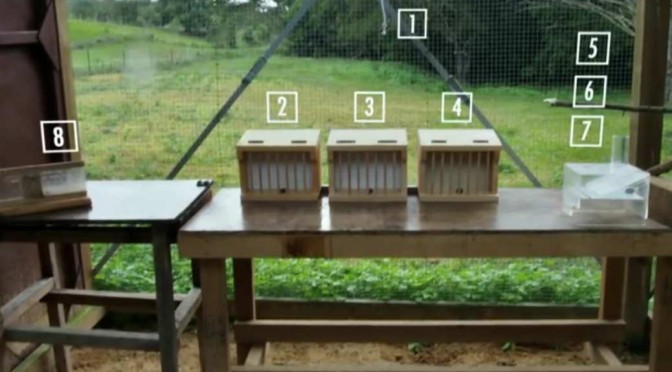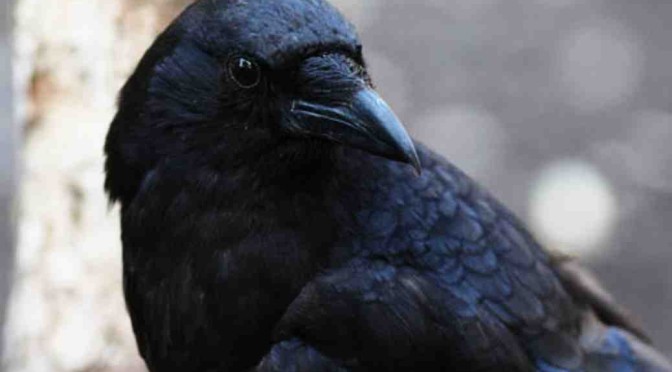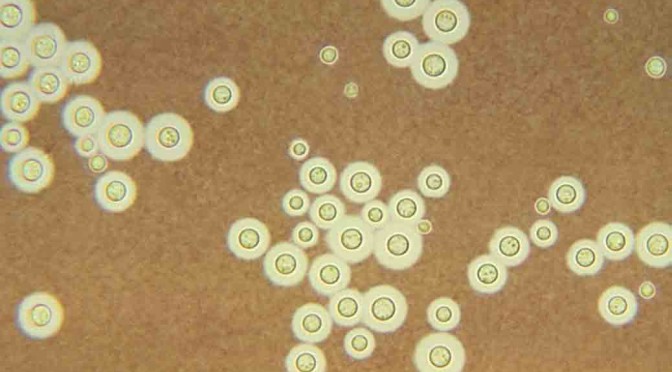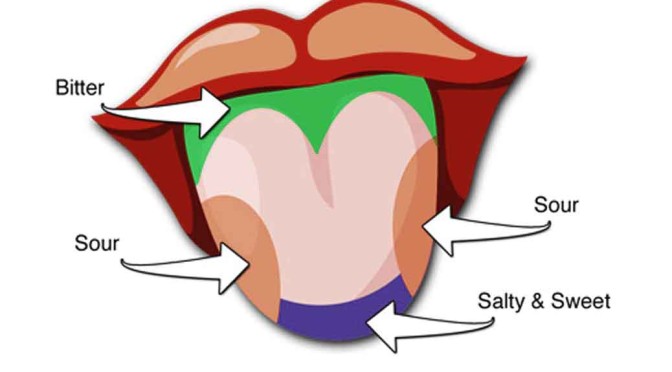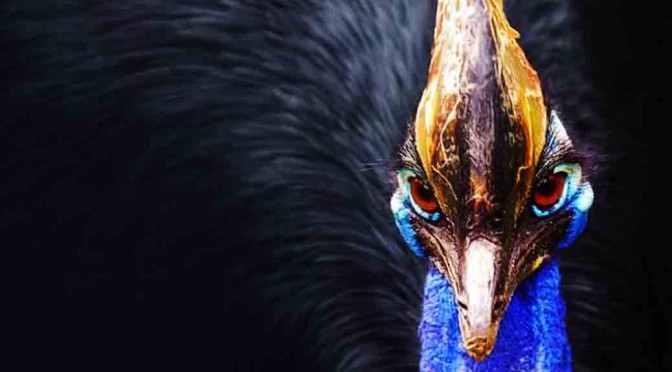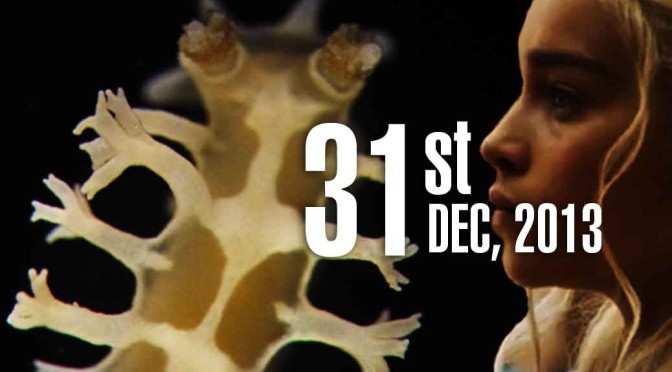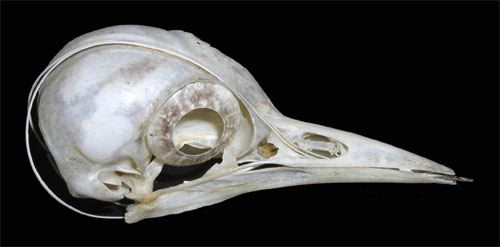By Anupum Pant
I saw this on TV a couple years back. Just now when I was going through my archives, I came across the Tarahumara people article and I remembered having watched a documentary about the Marathon Monks of Japan.
Who are they?
Just outside Kyoto there is a mountain that goes by the name, Mt. Hiei. If you happen to spend a holiday there, you might notice a very absurd thing – hundreds of unmarked graves dotting the mountain terrain. These graves are the resting place of those Buddhist monks, who couldn’t complete a spiritual challenge called the Kaihogyo.
This challenge, Kaihogyo, which has killed several monks on Mt. Hiei is an extreme physical challenge that involves an inordinate amount of running and other related endurance activities, which if a monk fails to complete has to die.
How much running?
Well, the challenge lasts for 7 years. For the first 3 years, a monk has to run at least 30 km (18.6 miles) everyday for 100 consecutive days. For the 4th and 5th year, he has to run 30 km everyday for 200 consecutive days. All of this running is done on the mountain terrain, making their way through dense forests and surviving on just rice (or noodles).
It doesn’t end there. Once a monk is able to some how complete these 5 long years of pain, then he has to go 9 straight days without food, water or even sleep. Let me remind you, the world record for the longest span a human being has been awake is 11 days. To make sure that the monk doesn’t sleep accidentally, there are 2 other monks watching him continuously.
If you think that was a lot already, wait, there is more. For the 6th year, the monk has to run for 60 km (37.2 miles) everyday for 100 days. During the 7th year he has to run 84 km (52 miles) every day for the first 100 days and 30 km per day for the remaining 100 days.
Withdrawing: In the first year, if a monk wishes to withdraw, he can. But, if he moves on to the 101th day, there can be no withdrawal. The only way to withdraw after the 100th day is to commit suicide.
In the last 400 years only 46 monks have been able to complete this. Watch the short documentary below. [Video]






